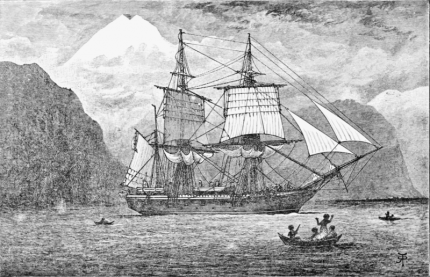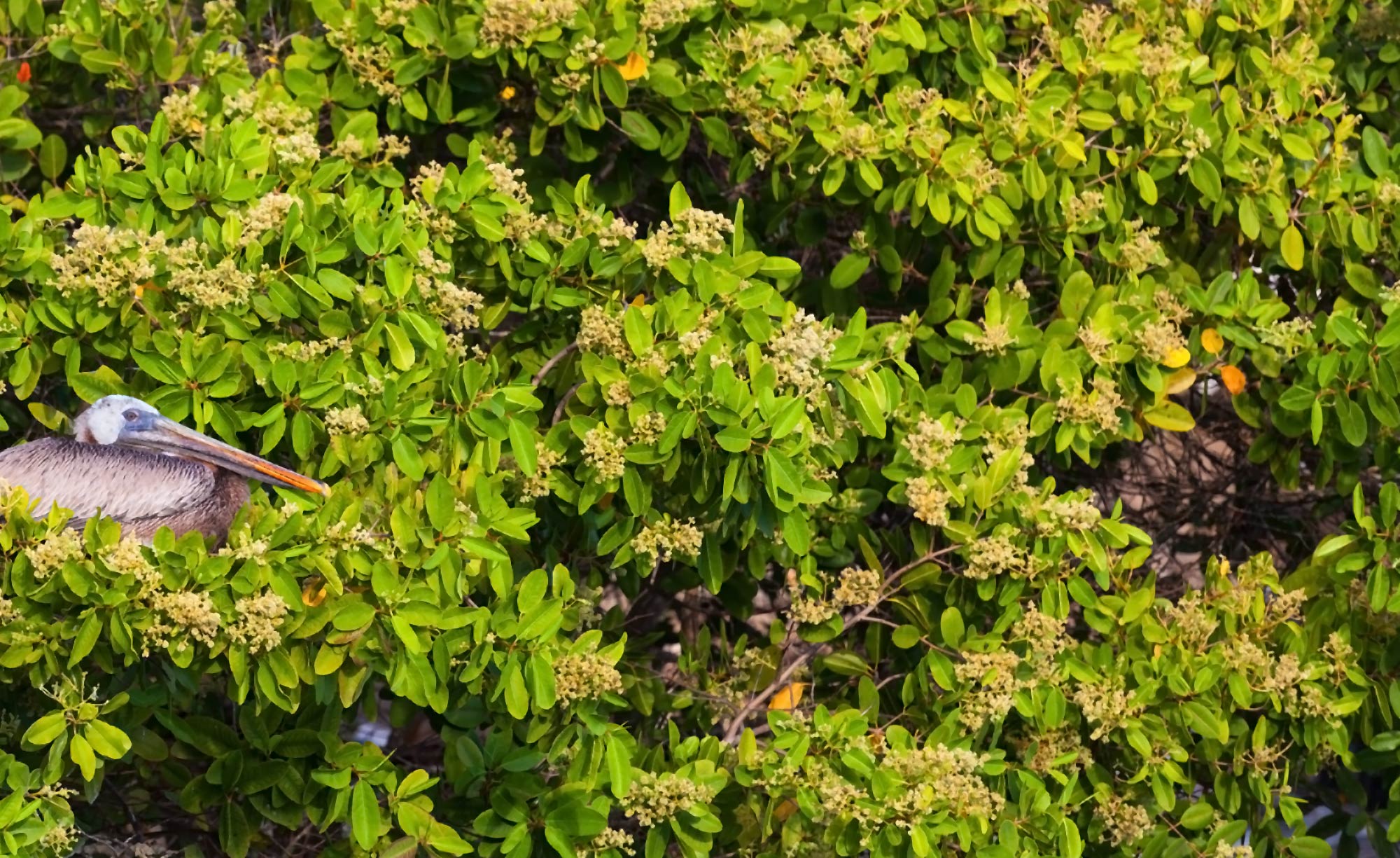Charles Darwin was a passenger on the HMS Beagle from 1832 to 1836, which had been chartered to survey the South American coast.
A voyage of discovery
Captain Robert FitzRoy had seen the need for a geologist during HMS Beagle’s second survey of the South American coast. It was Charles Darwin who was eventually suggested to accompany Fitzroy on this voyage. The Beagle reached the Galapagos Islands on 15 September 1835, nearly four years after setting off from Plymouth, England.
The visit to the Galapagos would prove the starting point from which Darwin would develop his theories on evolution and secure his enduring fame. Like many visitors to the Islands before him, Darwin considered them bleak and ugly. Darwin had 34 days to collect species and record observations around the Islands.

Painting of HMS Beagle by R.T. Pritchett in 1900
Although he was employed as a geologist, Darwin had also been an avid collector of fossils, animals and plants during his voyage and took extensive notes on all he observed. He described the natural history of Galapagos as “ very remarkable: it seems to be a little world within itself; the greater number of its inhabitants, both vegetable and animal, being found nowhere else.”
Darwin travelled around the Galapagos Islands for 5 weeks visiting:
- San Cristobal 17 -22 September
- Floreana 24 – 27 September
- Isabela 29 September – 02 October
- Santiago 08 – 17 October
You can find out more about the voyage of the HMS Beagle here.



